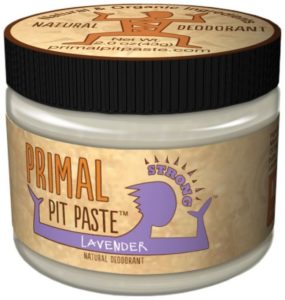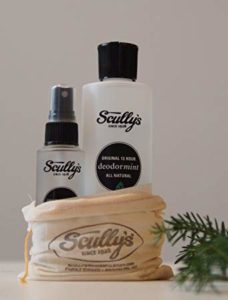I’ve spent the last decade of my life researching (and writing about) natural healing, food as medicine, and taking control of our own health.
For most of that time I have advocated for changing our diets: eating “as close to the ground” as possible. And that is still the best advice. Food is foundational. It’s a constant input to our bodies, and what we eat affects everything. How can it not?
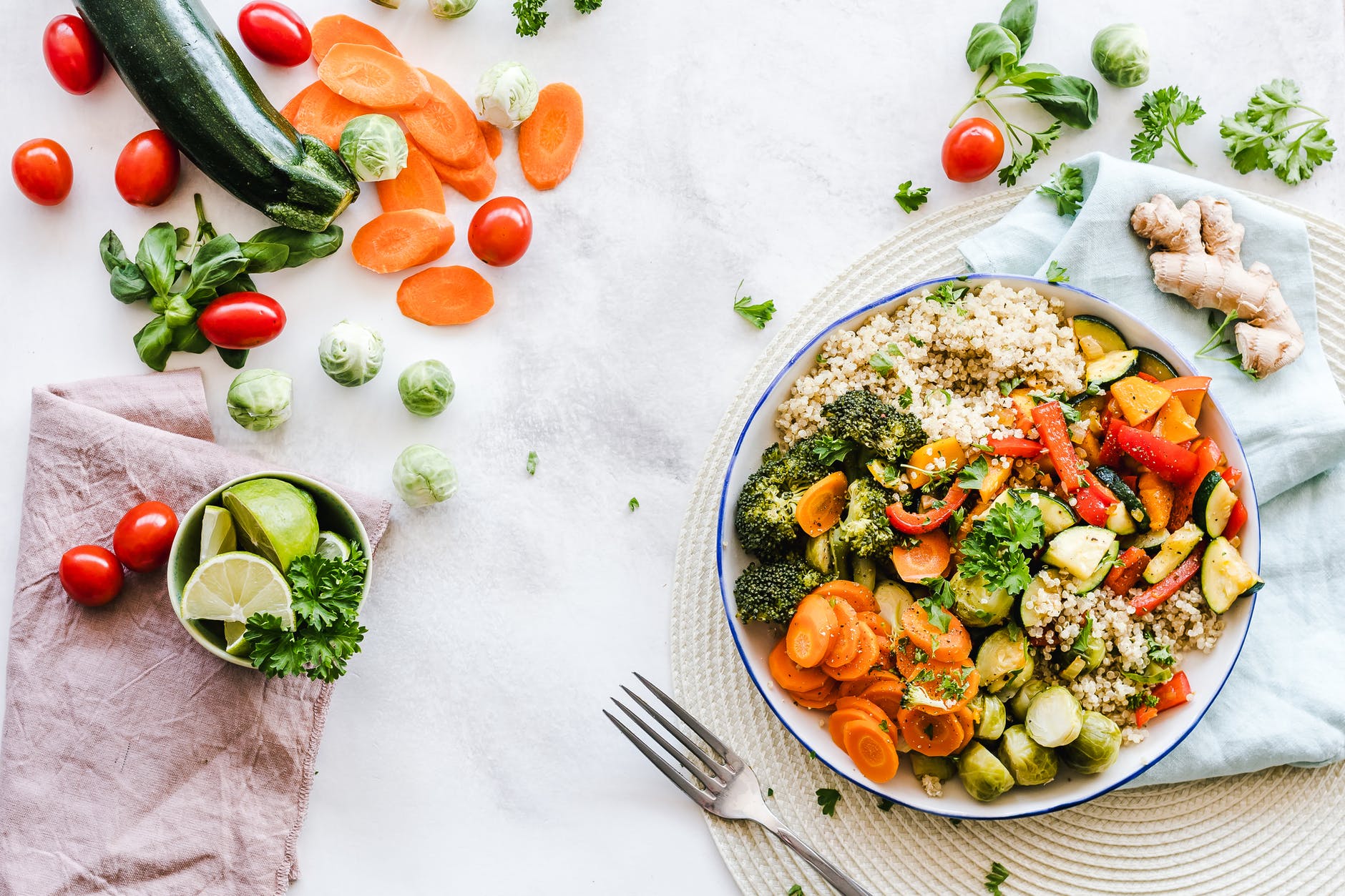
In my research and in my own health, however, there seemed to be a missing piece. As I researched deeper and deeper, the topic of gut health came up constantly. Everything pointed back to the health and the balance of the gut microbiome.
Gut health is literally the root of everything.
And it actually makes sense. Here is how one doctor put it:
Your gut makes up the ONE LINE that goes from the entrance of your body to the exit. Everything you put in your body passes through that one line… so how can the health and balance of that line NOT affect every other system in the body?
When you add to that the fact that the brain controls all the functions of the body (both voluntary and involuntary–and how the organs function and work together), it becomes apparent that the gut-brain axis (also called The Vagus Nerve) is VERY important to every aspect of our health.

For example… did you know that the gut microbiome is responsible for producing serotonin, dopamine, and almost ALL of the neurotransmitters the brain needs to function and keep us healthy?
And those neurotransmitters are sent to the brain along The Vagus Nerve (gut-brain axis).
So if there is an imbalance in the gut, OR a deficiency in the brain, OR an interruption in the connection between the gut and the brain, all kinds of issues start to appear.
The organs start to work less efficiently and begin to malfunction because the signals are crossed.
We also can’t absorb appropriate nutrients from food or supplements with an imbalanced gut… so the food and supplements we take will be less effective for healing.
Our hormones are regulated by the gut microbiome as well… so an imbalanced gut can results in hormonal imbalances…and all of the accompanying issues.
The gut also regulates our thyroid hormones… so balancing the gut can improve T3 and T4 numbers, as well as the symptoms of thyroid dysfunction.

If we are low in serotonin and dopamine because of an imbalance in the gut microbiome, we may suffer from
- Depression
- Anxiety
- Focus or attention issues (ADHD!)
- Brain Fog
- Low energy and decreased motivation
- Mood imbalance
- Irritability
- Impatience
- Inability to cope with stress
The health of the gut affects the brain and mental health so much, the gut has now been commonly referred to as the “second brain.”
(Text “Heal My Gut!” to (802) 227-7051 for more information or to chat about your specific situation and get a recommendation. )
Read real-life stories of healing from the root here.
Allergies and Gut Health
Did you know the presence of allergies is ALWAYS a gut issue?
And it doesn’t matter the type of allergies, whether they are seasonal allergies, environmental allergies, pet allergies or food allergies: all allergies are rooted in gut health.
My dad suffered from debilitating seasonal allergies his whole life (60 years!)… to the point he couldn’t wear a flower on his lapel at my wedding.
Guess what happened when he healed his gut? Those allergies he had been struggling with his WHOLE LIFE disappeared. Now he works outside on a farm every day… amongst all of the trees and flowers and pollen he used to hide from.
I used to be terribly allergic to cats. I would enter a house that had a cat and immediately get a terrible head cold: congestion in my nose, watery eyes, and trouble breathing. This would happen whether or not I was aware there was a cat in the house. When I would ask, the host would say, “Oh yes, we have a cat. We put her in the other room when people come over.” 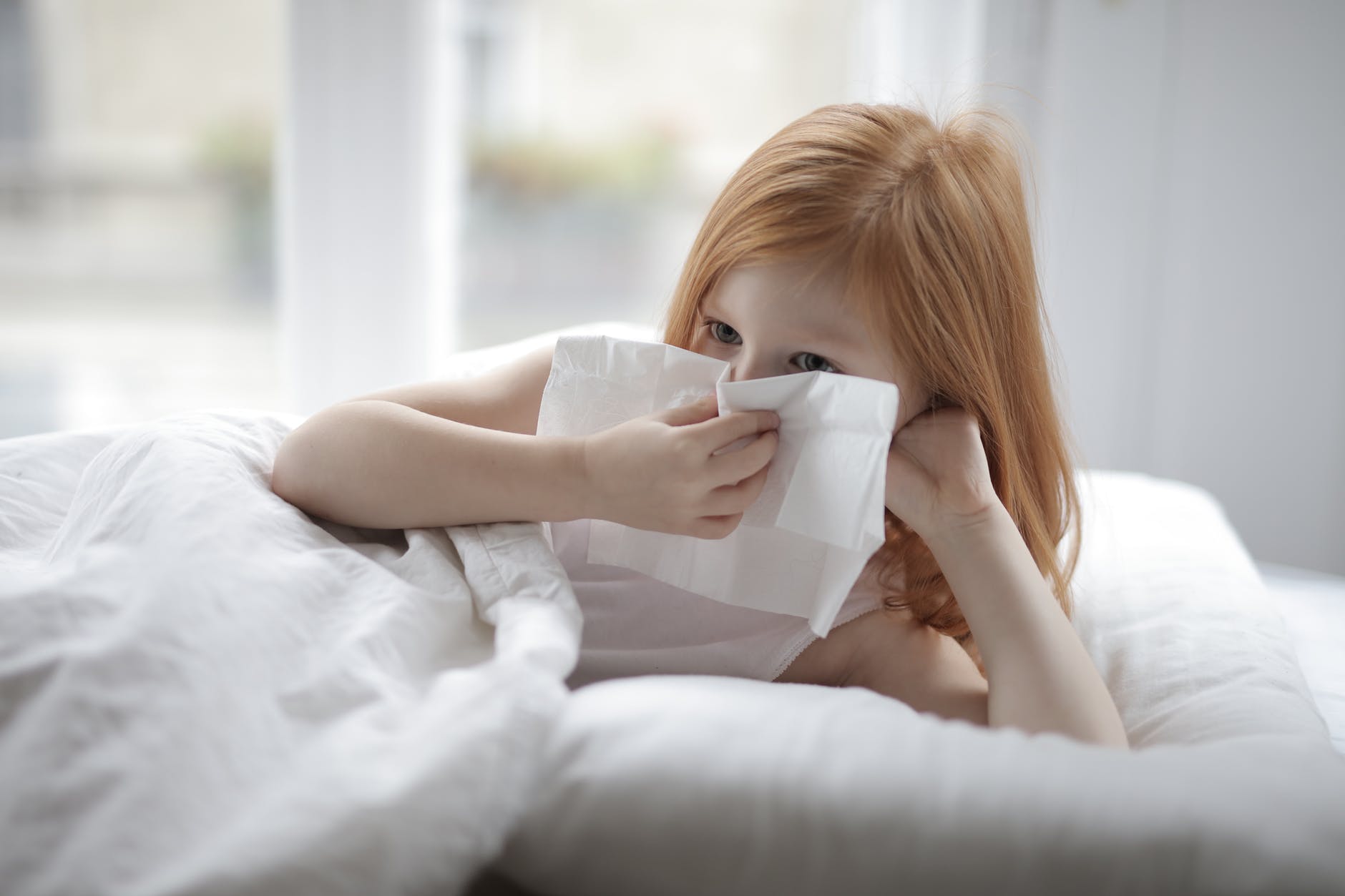
Guess what happened when I healed my gut? No more cat allergy. Cats literally don’t affect me at all. It’s shocking!
Food allergies are most commonly caused by leaky gut. Gut healing is imperative, because leaky gut can cause all kinds of issues, including an auto-immune response to eating food.
There are, of course, some foods that we just shouldn’t ever eat, like highly processed foods, fast food, and junk food. The main reason we shouldn’t eat these things is because they aren’t actually even food. They provide no nutritional value to our bodies and they do more harm than good. So what is the point? Food is for our nourishment and to fuel our bodies, so if it is not providing that, why are we eating it?

If you have an allergy to real food, however, there is a problem. I have a friend who is unable to eat almost any uncooked vegetables or fruits. This is a sign of severe leaky gut… and needs to be addressed immediately.
Simply avoiding all the food is not the answer: we need to find healing!
If you are having severe symptoms of food allergies or just know something is wrong in your body but you don’t know what, the best way to find out what you are sensitive to is an elimination diet.
Elimination diets are the ONLY sure way to determine exactly what you are sensitive to. Even allergy testing at the doctor is not as accurate as elimination diets (and they are often very expensive).
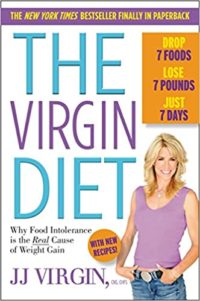 I mentioned earlier that “simply avoiding” foods you are sensitive to is not the answer… so why am I telling you to do an elimination diet?
I mentioned earlier that “simply avoiding” foods you are sensitive to is not the answer… so why am I telling you to do an elimination diet?
Because those foods are causing a problem, so you definitely will need to cut them out of your life for awhile… UNTIL you heal your gut. After you heal your gut, in most cases you can add those (real, whole) foods back into your diet without issue.
This is a great book on elimination diets and how exactly to do it from a highly respected physician who identified her food allergy, healed her gut, and then was able to add that food back into her diet.
Read real-life stories of healing from the root here.
Eczema, Rashes, Acne and other Skin Issues
Our skin is our largest organ.
If all of our “regular” detox pathways are open and running smoothly, we are able to detox everything through those channels (liver, kidneys, lungs, blood and lymphatic system). But if even one of these detox pathways gets clogged or slowed down, we start seeing signs in our skin. 
Bright, clear, healthy, vibrant skin is a sign of health: it shows that our bodies are working as they should and there is no toxic burden present.
This is why healthy people are beautiful: health literally shows on our faces!
Instead of wearing makeup to cover “problem skin,” why not focus on the inside and get glowing, radiant, beautiful skin because you are healthy?
“But I don’t know how to do that!!”
Again, the answer lies in gut health.
(Text “Heal My Gut!” to (802) 227-7051 for more information or to chat about your specific situation and get a recommendation. )
Read real-life stories of healing from the root here.
Food for Thought
Why are 80% of the pharmaceutical products sold in the US (both prescription and over-the-counter) for digestive complaints?
Why do people who suffer from depression, anxiety, brain fog, mental health issues, autism spectrum disorder, skin problems and allergies virtually ALWAYS have an accompanying digestive complaint?
Because all of it is rooted in gut health.
Our bodies are whole units: one part affects every other part. And the gut is the most foundational of parts.
One doctor I follow put it this way:
“Heal your gut and your gut will heal you.”
No matter what your issue:
- Digestive
- Skin
- Weight
- Thyroid
- Mental Health
- Energy
- Blood pressure
- Detox
- Mood
- Heart
- Liver
- Brain
- Blood
- Adrenals
Or a combination of several….
The root is always gut health. Start there.
In most cases, healing your gut will begin a chain reaction of healing in your body.
Our bodies are made to heal. We just need to give them what we need (and stop poisoning them).
Begin by healing your gut, and then things will start to fall into place. If you need additional support after that, you can reevaluate. But you will be shocked how many things resolve themselves when the gut microbiome is balanced.
Read real-life stories of healing from the root here.
(Text “Heal My Gut!” to (802) 227-7051 for more information or to chat about your specific situation and get a recommendation. )
How do our guts get imbalanced?
You may think back to childhood, a time when you ate whatever you wanted and had no issues.
 It may lead you to believe that we are born with perfectly balanced gut microbiomes… but that is not so.
It may lead you to believe that we are born with perfectly balanced gut microbiomes… but that is not so.
We inherit our gut microbiomes from our parents: particularly our mothers at birth. As we pass through the birth canal we ingest billions of bacteria, which seeds our microbiome and sets the stage for the health we will experience throughout our lives.
If our mothers (and to a lesser extent our fathers) have a gut imbalance, we will inherit that imbalance. This is also one reason things like addiction and depression can be “passed down” along generational lines: because we share a gut microbiome profile with the rest of our families.
Other things can affect our gut microbiomes, both for good and bad.
Antibiotics and other Pharmaceutical Meds
Most of us have had antibiotics in our lifetimes: some of us have had many, many rounds.
Antibiotics can be life-saving, there is no doubt: but the rampant over-use of them in our society has not made us healthier.
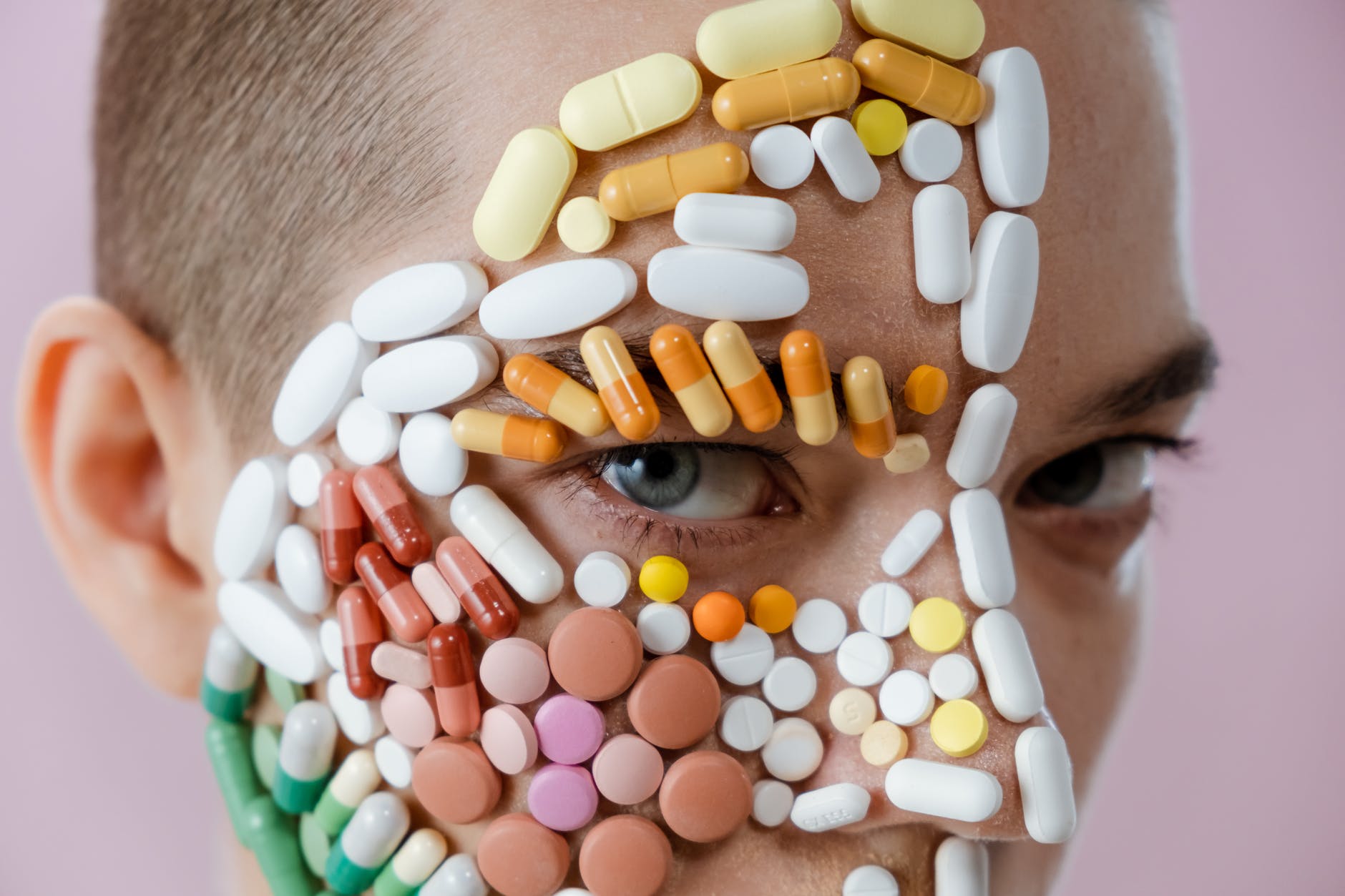 Antibiotics are not good at targeting exactly which bacteria to kill: they kill indiscriminately. Recent research shows that one round of antibiotics can kill 25% of the gut microbiome (both good and bad bacteria)! That is devastating to the balance of the microbiome. And just think.. If you take more than one round, how much of our gut balance is affected!
Antibiotics are not good at targeting exactly which bacteria to kill: they kill indiscriminately. Recent research shows that one round of antibiotics can kill 25% of the gut microbiome (both good and bad bacteria)! That is devastating to the balance of the microbiome. And just think.. If you take more than one round, how much of our gut balance is affected!
Other factors influence gut health as well: diet is a huge one. The food we eat feeds either the good or the bad bacteria in our guts: creating balance or imbalance with every bite.
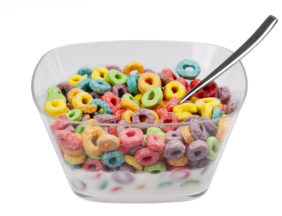
Sugar, processed food, fast food and other junk feeds the “bad” bacteria, causing overgrowths of candida and parasites. This creates an imbalance favoring “bad” bacteria in the gut, which causes a host of health issues, from weight gain to cravings to blood sugar problems and hormonal imbalance.
Whole, real food, including fermented food and probiotics, promote the growth of “good bacteria” and create a balanced microbiome, which promotes optimal health in the whole body.
 Other environmental components can influence gut bacteria for the positive or negative as well: ambient radiation from Electromagnetic Frequencies (EMF from cell phones, radio waves, cell towers and electronics), as well as toxins in our water, air, personal products and food.
Other environmental components can influence gut bacteria for the positive or negative as well: ambient radiation from Electromagnetic Frequencies (EMF from cell phones, radio waves, cell towers and electronics), as well as toxins in our water, air, personal products and food.
When we learn all of these things and how foundational gut health is to every system in the body (and even to brain and mental health), our question should not be “What can gut healing do for me,” but
“What Can Gut Healing NOT Do For Me?”
If you have any health issue at all, start with the gut.
“Heal your gut and your gut will heal you.”
(Text “Heal My Gut!” to (802) 227-7051 for more information or to chat about your specific situation and get a recommendation. )
Read real-life stories of healing from the root here.
“But HOW Do I Improve Gut Health??”
Healing the gut may sound like a simple fix, but how is it done?
Most people know we should take probiotics and eat real food. But beyond that, things get confusing.
- Which probiotic strains do I take?
- Which brand is best?
- How do I know it’s working?
- Which probiotics do I take for which issues?
- Should I take them forever or just for a while?
- How exactly do I restore the gut-brain connection?
 I’ve been researching this topic for years and it is still confusing, because labels don’t answer any of these questions.
I’ve been researching this topic for years and it is still confusing, because labels don’t answer any of these questions.
And not all “probiotics” are the same. There are literally billions of strains.
So how do we know which ones to choose?
I’ve tried dozens of probiotics, spending hundreds of dollars… and most of them didn’t do anything for me.
So if you are ready to heal your gut, how do you know where to go from here?
The research I have done shows that the gut-brain connection is key, because the brain controls all of the systems of the body, and the gut and brain communicate in real-time to do that.
If the gut is the “2nd brain” and it provides everything the brain needs to function, and the brain controls the whole body… this gut-brain connection is really important!
Until a few months ago I knew this was the key, but had no idea how to influence it.
How do we heal the gut-brain connection?
Which probiotics do we take?
What else do we need?
So when in my research I came across a gut-brain axis healing protocol, I thought this could be the missing link I’d been looking for.
I’m always skeptical when looking at new products, because I have incredibly high standards for ingredients.
I won’t even consider a supplement if it has:
- Synthetic vitamins
- Artificial colors or flavors
- Harmful additives (like maltodextrin)
- GMO ingredients
- Soy, corn or wheat
This list eliminates almost every supplement I look at.
When this protocol checked every one of those boxes, AND I learned that it is whole-food based and synergistically combined with food, herb and prebiotic ingredients according to the latest research, I started to get excited.
And then I saw how it was working for people.
Over the past few months I’ve seen friends and family find healing in the areas of:
- IBS
- Constipation
- Energy
- Focus
- Stomach Pain
- Food Allergies
- Eczema
- Adult cystic acne
- Hormone imbalance
- Thyroid disorders
- Depression
- Anxiety
- Brain Fog
- ADHD
- ASD symptoms (there is even a kids protocol that tastes amazing!)
- Seasonal and Pet Allergies
- Diabetes
- Blood Pressure
- Hormonal Imbalance
- Weight issues
And reduce or eliminate meds for a variety of issues….
I knew I had to share this root cause healing protocol with the world.
There is a group on Facebook where people share their healing stories with this protocol regarding each of these issues and more: men, women and children! Text me at (802) 227-7051 with your Facebook name so I can invite you to the group and you can see for yourself.
Want to check out this amazing protocol?
Click here for the adult version
Click here for the children’s version
(And an enhanced adult protocol that also addresses heart health)
And text me at (802) 227-7051 if you want recommendations, or I can build you a cart and make sure you get wholesale pricing and the latest promotions included with your order.
And did I mention customers have a money back guarantee for a YEAR??
It’s literally guaranteed to change your life. Try it for a YEAR and if it doesn’t, return the empty bottles for a full refund!
There’s nothing to lose, except your pain, depression, stress, and discomfort!
There is healing.
There is hope.
Find it today.
Read real-life stories of healing from the root here.
(Text “Heal My Gut!” to (802) 227-7051 for more information or to chat about your specific situation and get a recommendation. )
New to Freedom & Coffee? Start here.
Disclosures:
Many of the product links in this post are affiliate links, which means I will receive a small commission from any purchase. I only recommend products that I love and this is at no extra cost to you. Thank you for supporting our mission with your clicks!
Resources
Serotonin is produced in the gut??
Allergies are a gut health issue
How to Heal the Gut-Brain Connection
Introduction to the Gut-Brain Axis Healing protocol (2 minute video by head Biochemist)
Nutritional Facts and Ingredients: Adult Protocol
The only gut healing protocol specifically designed for kids!
Nutritional Facts and Ingredients: Kids Protocol
ABC News Special Report: Natural Remedy for ADHD that is more effective than Ritalin!
Pixie Stick (Delicious, Natural and Sugar free) for focus, attention, behavior and mood!
Read real-life stories of healing from the root here.





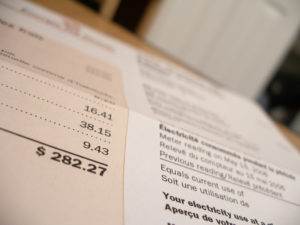 These kinds of expenses really add up. If you are paying these expenses anyway, and you can use a portion of them to deduct money from your taxable income, your tax bill not only shrinks, but you may bump yourself into a lower tax bracket.
These kinds of expenses really add up. If you are paying these expenses anyway, and you can use a portion of them to deduct money from your taxable income, your tax bill not only shrinks, but you may bump yourself into a lower tax bracket.

 …you go to work and you get paid for the time you spend doing things they tell you to do?
…you go to work and you get paid for the time you spend doing things they tell you to do?

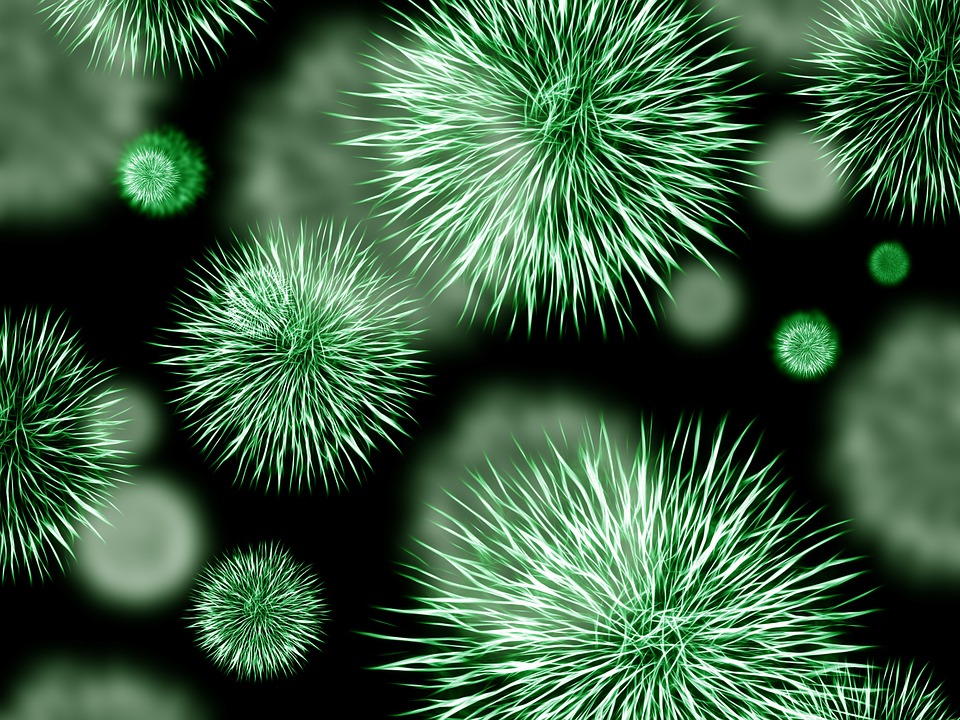
 I don’t know the details of this original illness, but I do know that he’s been suffering from digestive issues ever since, which have increasingly tormented him and prevented sleep at night, interfering with his work and ministry at church.
I don’t know the details of this original illness, but I do know that he’s been suffering from digestive issues ever since, which have increasingly tormented him and prevented sleep at night, interfering with his work and ministry at church.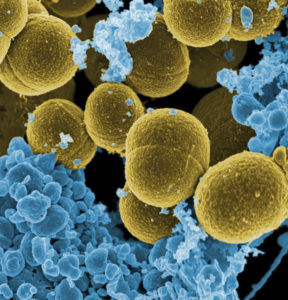
 A huge variety of our bacteria live in our digestive systems, or our “guts,” and researchers are discovering that at least 70-80% of our immune system is in our gut. Our gut health has a huge influence on our overall health: both physical and mental.
A huge variety of our bacteria live in our digestive systems, or our “guts,” and researchers are discovering that at least 70-80% of our immune system is in our gut. Our gut health has a huge influence on our overall health: both physical and mental.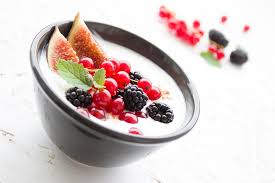 Yogurt is the most popular and widely-known source of probiotics, but not all yogurts are created equal.
Yogurt is the most popular and widely-known source of probiotics, but not all yogurts are created equal.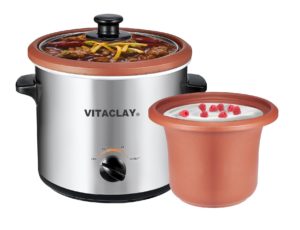
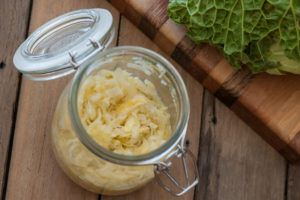

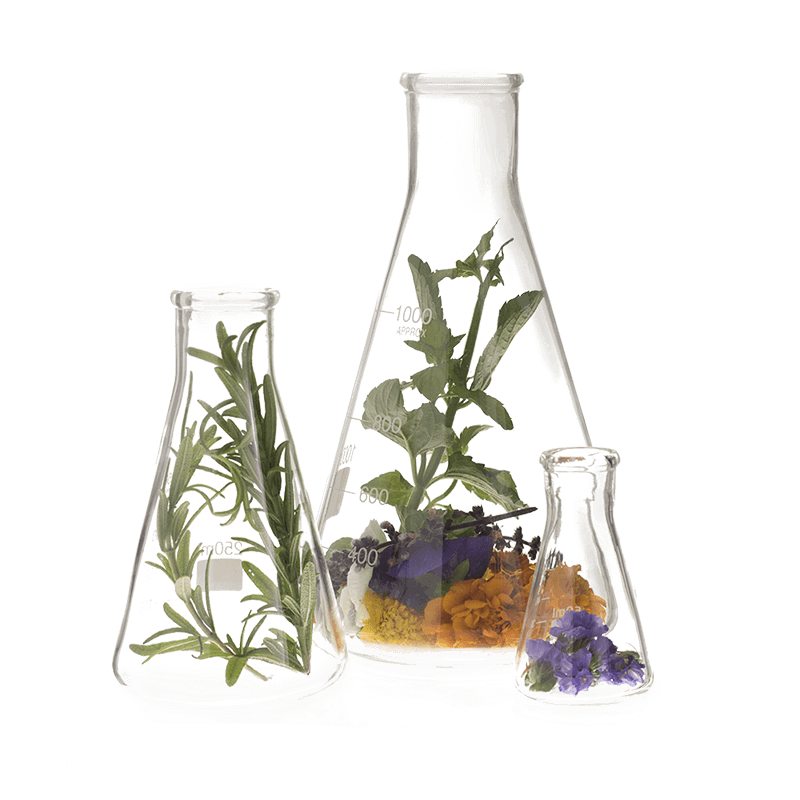
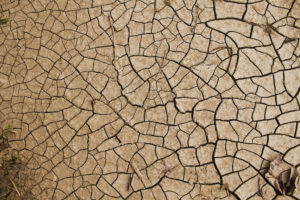 In antiquity, people got a good amount of soil in their diets from digging up veggies and eating them.
In antiquity, people got a good amount of soil in their diets from digging up veggies and eating them.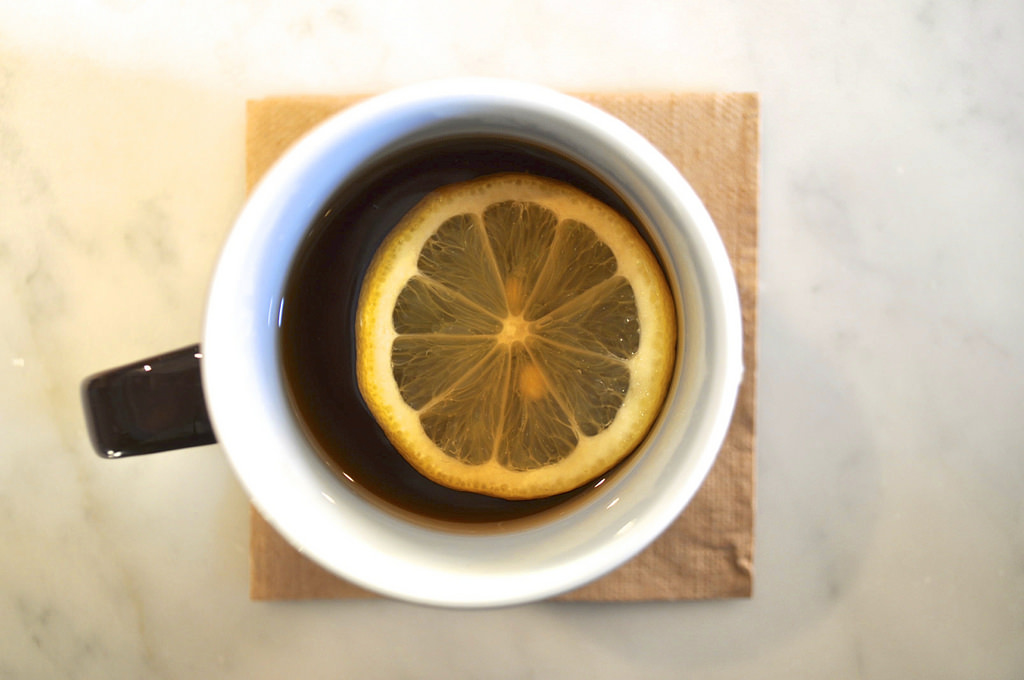



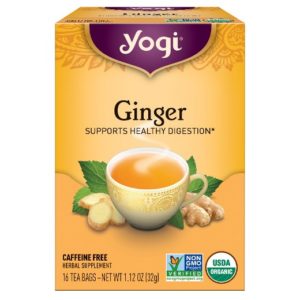
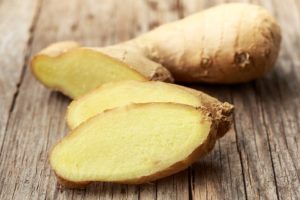
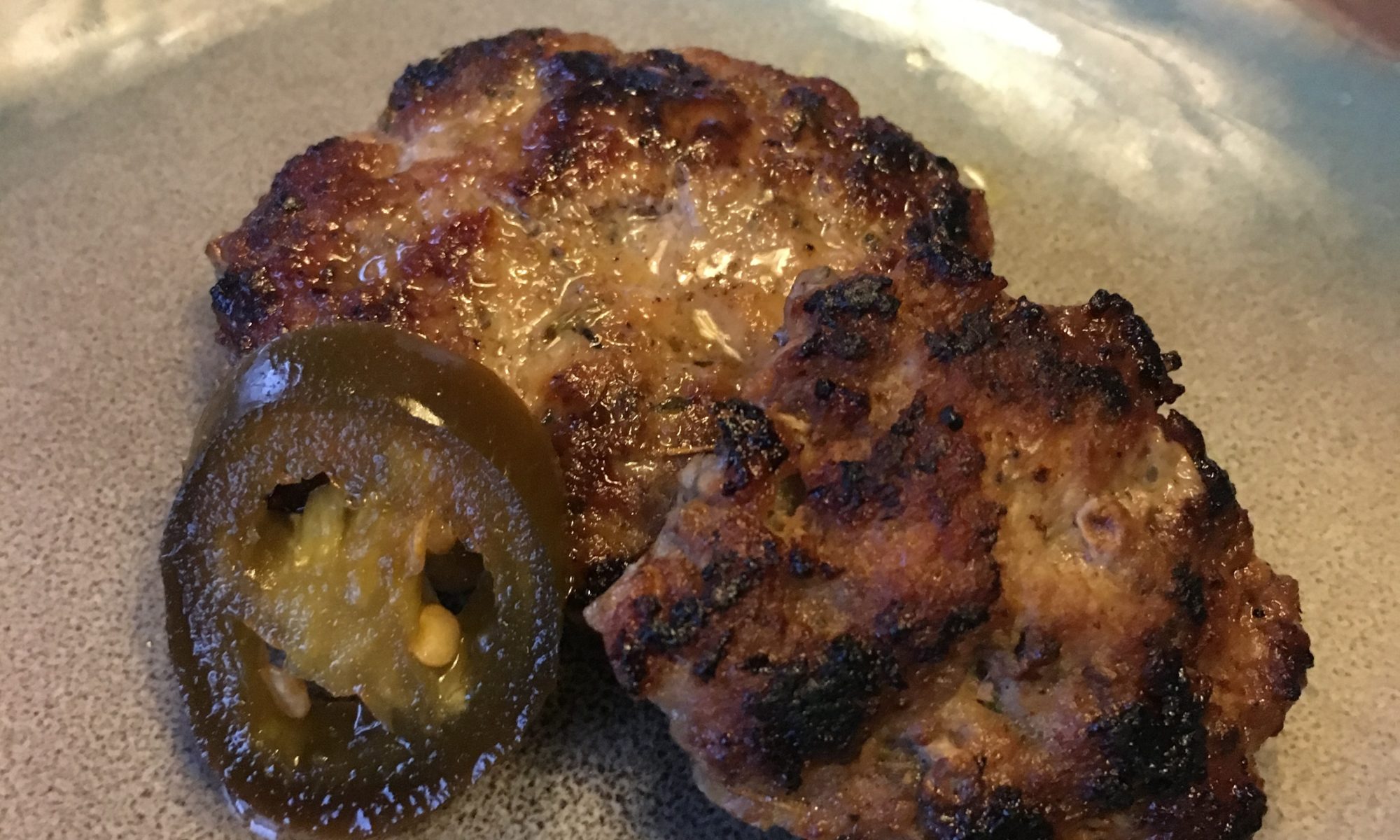
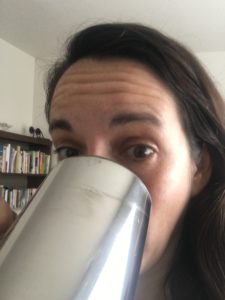
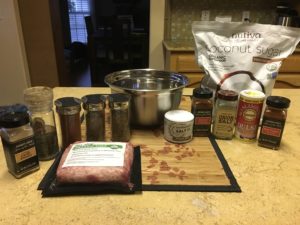
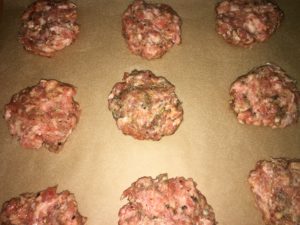
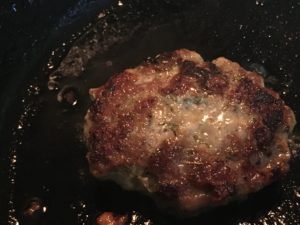




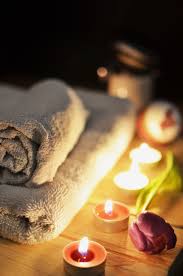
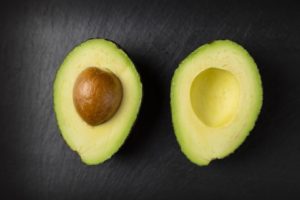

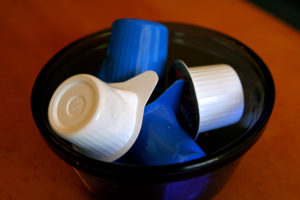 She told me she makes it at home and uses regular coffee from the store. She loves to put a flavored non-dairy creamer in it every day, because it “tastes so good!”
She told me she makes it at home and uses regular coffee from the store. She loves to put a flavored non-dairy creamer in it every day, because it “tastes so good!”
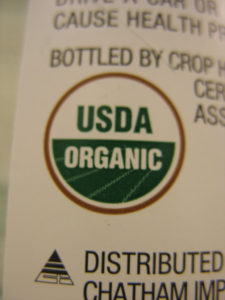
 Buy whole beans and a grinder.
Buy whole beans and a grinder.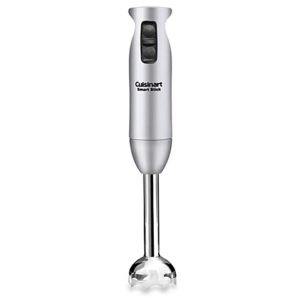
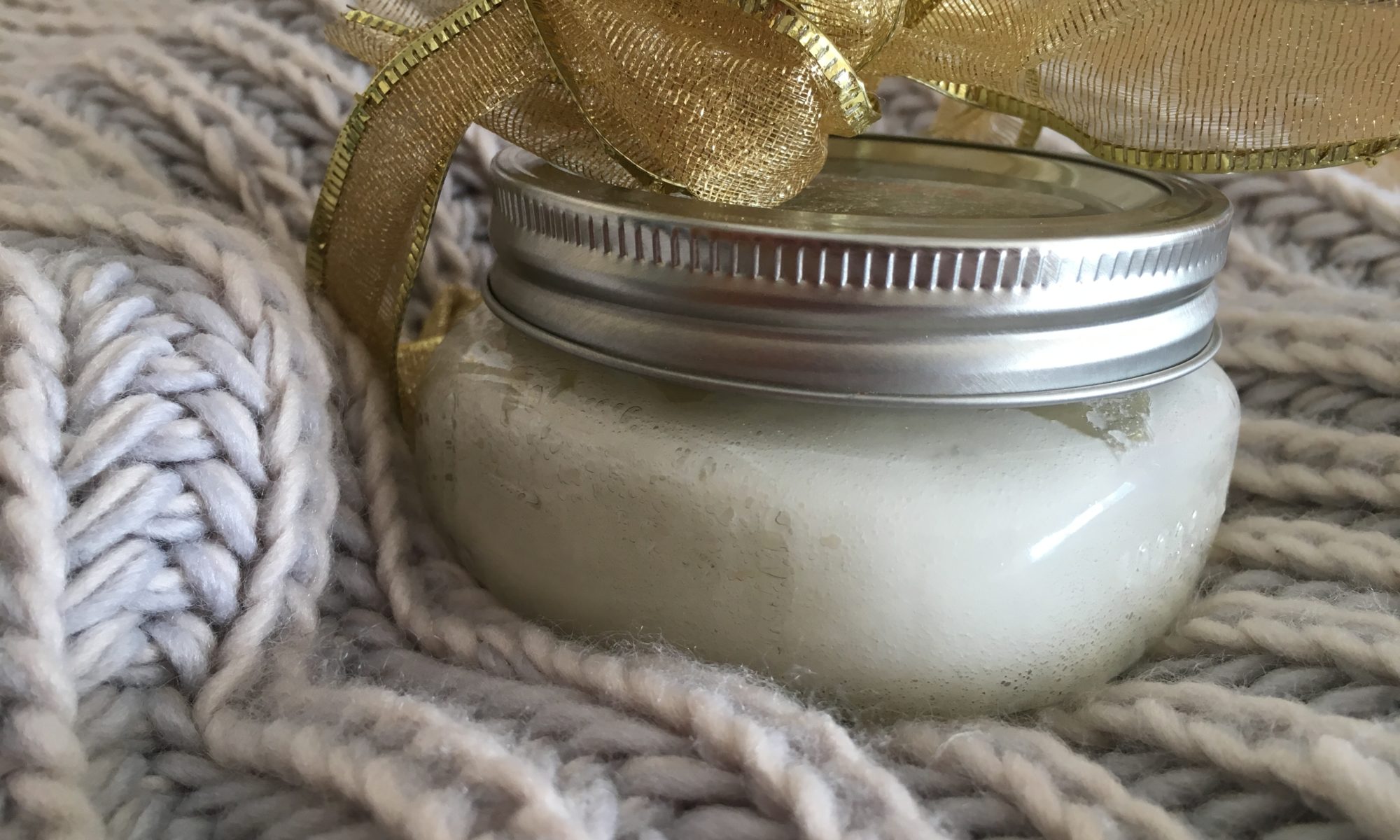


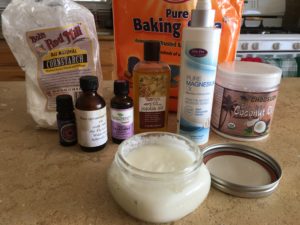
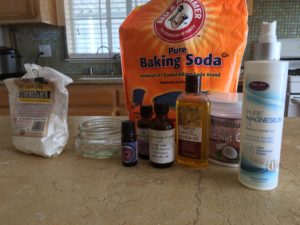
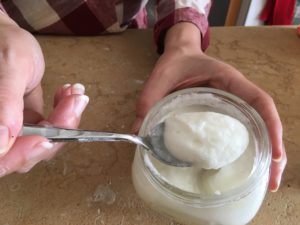 *The magnesium oil, jojoba oil and essential oils are not completely necessary: the essential oils are for scent, and the jojoba/Vitamin E are soothing. I like to add the magnesium oil because it’s a great way to absorb more magnesium and it gives the deodorant a fluffier texture that I really like.
*The magnesium oil, jojoba oil and essential oils are not completely necessary: the essential oils are for scent, and the jojoba/Vitamin E are soothing. I like to add the magnesium oil because it’s a great way to absorb more magnesium and it gives the deodorant a fluffier texture that I really like. 